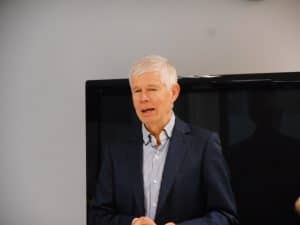 One of the best elements of Sidney Dekker’s new Safety Differently documentary is that he is only in it for a few of its thirty minutes. It is not that he has nothing to say but the expected audience for this documentary would already be familiar with Dekker’s take on Safety Differently.
One of the best elements of Sidney Dekker’s new Safety Differently documentary is that he is only in it for a few of its thirty minutes. It is not that he has nothing to say but the expected audience for this documentary would already be familiar with Dekker’s take on Safety Differently.
This documentary provides what has been needed for the Safety Differently movement for some time – case studies, trials and experiments. It was always possible to understand the theory but it was difficult to see how the theory would be implemented. Partly this was because the implication was that Safety II concepts replaced Safety I. Rather Safety Differently is a transition from I to II and over a considerable time.
This documentary, which is free to view and released on October 10, 2017. includes three stories – one each from oil & gas, health care and retail supermarkets.


 Today’s issue of the Australian Financial Review (AFR) contained an article that shows that the trend for companies and boards embracing their occupational health and safety (OHS) obligations is not uniform. The article “W
Today’s issue of the Australian Financial Review (AFR) contained an article that shows that the trend for companies and boards embracing their occupational health and safety (OHS) obligations is not uniform. The article “W Recently
Recently 